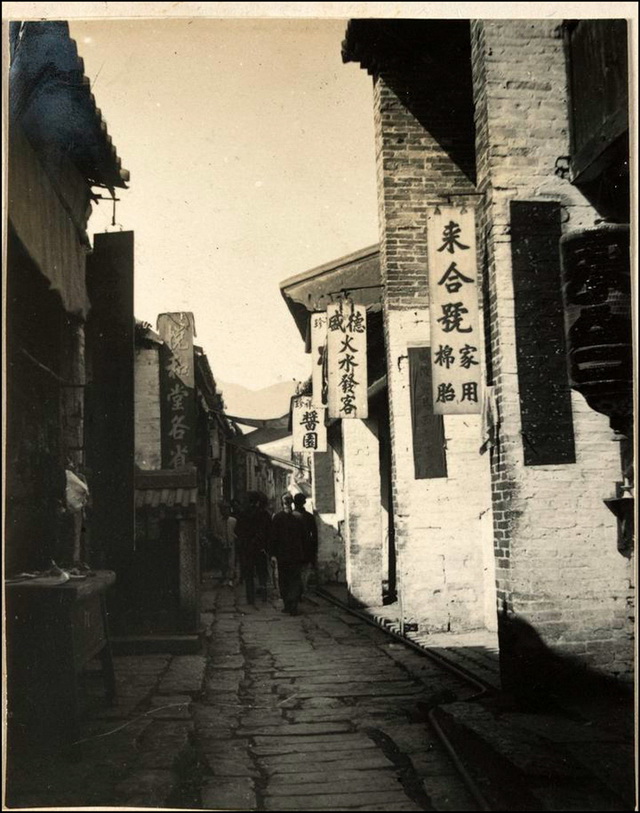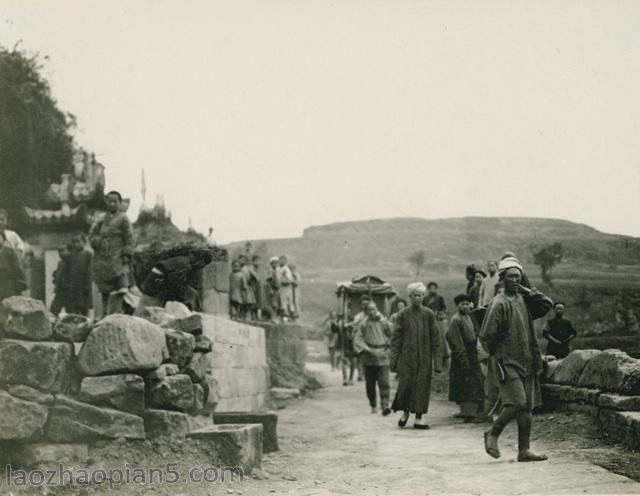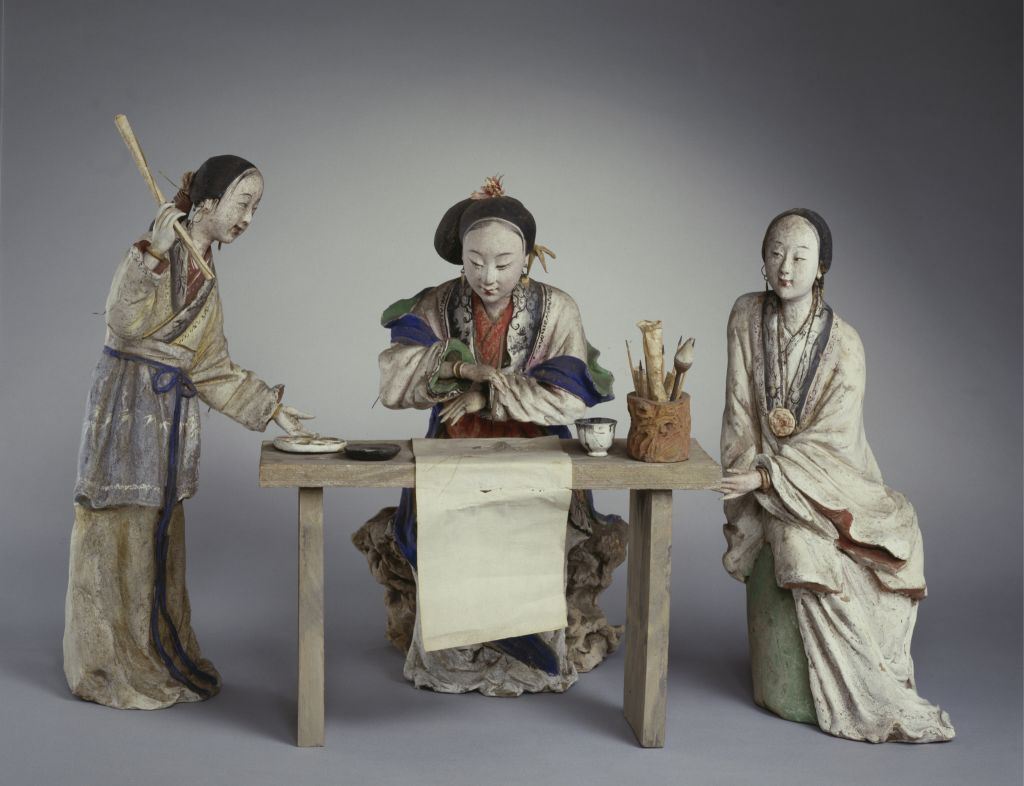[Songhua inkstone in the clam pond]
Songhua inkstone in the clam pond is clear, 17.5cm long and 11.5cm wide. The old collection of the Qing Palace
The inkstone is made of Songhua stone and rectangular. The stone is green, and the brush silk texture appears on it. The upper part of the inkstone surface is inlaid with a clam shell, which is an inkstone pool. The surrounding area is embossed with sea water auspicious cloud patterns. The two dragons wear it, which symbolizes longevity and happiness. The middle and lower part of the inkstone surface is flat, and the ink hall is the place to receive ink. The inkstone is engraved with regular script on the back of the inkstone, which reads: “The longevity is ancient and the quality is moist, the color is green and the sound is clear, and the ink is beneficial to the rich, so its treasure is also. The inkstone box is yellow and also made of Songhua stone. The box surface is inlaid with glass, and the surrounding is carved with Kui dragon pattern
Songhua River stone: Songhua River stone is produced in the upper reaches of Songhua River in Changbai Mountain in the northeast. The name of Songhua inkstone follows the tradition of water as the name of inkstone in ancient times. The craftsman of the Manufacturing Office of the Palace of the Qing Dynasty once used it to make inkstones. Its inkstone is also known as “Songhua inkstone”, “Songhuajiang inkstone”, “Songhua inkstone”, “Lvshi inkstone”, “Lvduan inkstone”, “Songhua jade inkstone”, etc. In terms of appearance characteristics, Songhua stone is fine, smooth, hard and dense. The best ones are dark green, light green and light green, and have regular and clear horizontal filiform veins. Several emperors in the Qing Dynasty, such as Kangxi, Yongzheng and Qianlong, all showed great concern for Songhua inkstone. Songhua River stone is also called Wula stone. This naming also follows the custom of naming places and objects. In addition to green, purple and yellow, the stone color of this generalized Songhua inkstone also has several variegated stones. Although the color and stone quality are poor and there is no horizontal distribution inside, the color is rich. The court inkstone maker makes full use of the overlapping features of various colors of the Ura stone to make other kinds of daily furnishings. In the middle of Qianlong period, due to the lack of resources, the Qing Palace began to send people to search for new Songhua stone resources. After the forty years of Qianlong’s reign (1775), the records of Songhua River Inkstone in the archives of the Qing Palace gradually decreased and finally disappeared
![图片[1]-Songhua inkstone embedded in clam pond-China Archive](https://chinaarchive.net/Qing dynasty/Stationery/17094[1024].jpg)
![嵌蚌池松花江石砚砚背 图片[2]-Songhua inkstone embedded in clam pond-China Archive](https://chinaarchive.net/Qing dynasty/Stationery/17095[1024].jpg) 嵌蚌池松花江石砚砚背
嵌蚌池松花江石砚砚背



![[Qing Dynasty] British female painter—Elizabeth Keith, using woodblock prints to record China from the late Qing Dynasty to the early Republic of China—1915-China Archive](https://chinaarchive.net/wp-content/uploads/2022/11/image-191x300.png)
